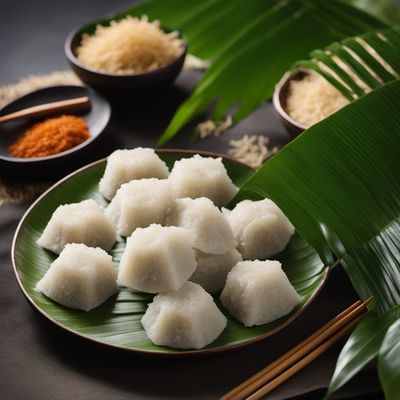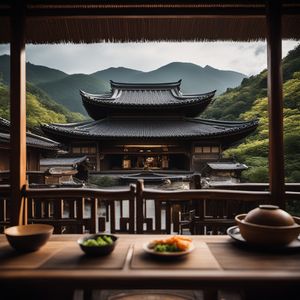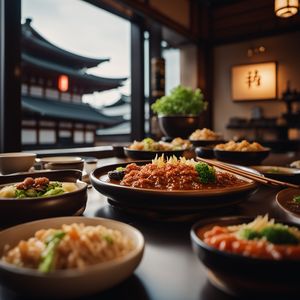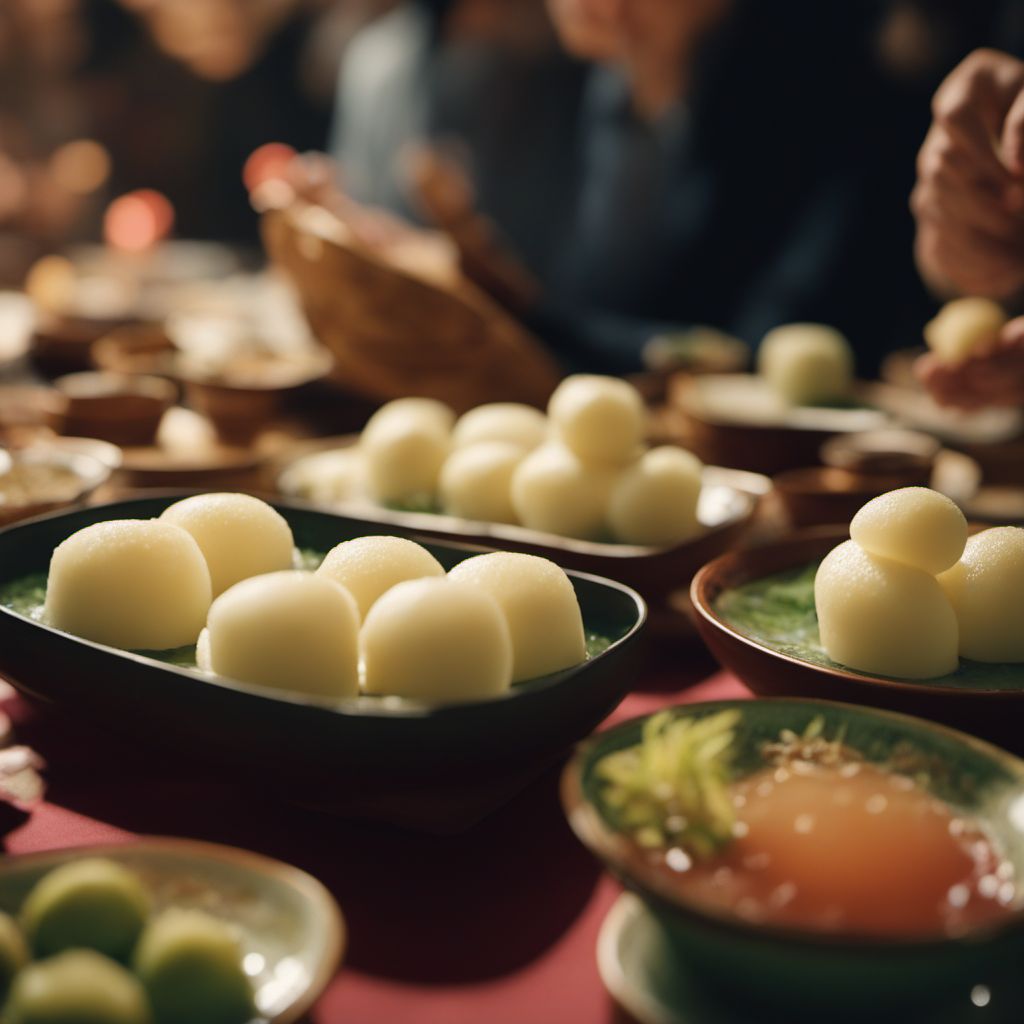
Dish
Kashiwa-mochi
Kashiwa Mochi
Kashiwa-mochi is a popular sweet in Japan, especially during the Boys' Festival (Tango no Sekku) on May 5th. The oak leaf is not edible and is used to add flavor and aroma to the mochi. The sweet red bean paste filling is made from boiled azuki beans and sugar. Kashiwa-mochi is usually eaten as a snack or dessert. It is soft and chewy with a subtle oak flavor and a sweet filling.
Origins and history
Kashiwa-mochi originated in the Kanto region of Japan and is believed to have been eaten since the Edo period (1603-1868). It was originally made with mugwort leaves instead of oak leaves. The oak leaf was later used because it was believed to have insect-repelling properties. Kashiwa-mochi is now a popular sweet throughout Japan and is often enjoyed during the Boys' Festival.
Dietary considerations
Vegetarian, vegan (if made without animal products)
Variations
There are variations of kashiwa-mochi that use different types of beans for the filling, such as white beans or green soybeans. Some variations also use different types of leaves for wrapping, such as cherry blossom leaves or bamboo leaves.
Presentation and garnishing
Kashiwa-mochi is traditionally presented with the oak leaf facing up. It is often garnished with a cherry blossom or a small flag with a picture of a carp, which is a symbol of strength and success in Japanese culture.
Tips & Tricks
To prevent the mochi from sticking to your hands, dust your hands with cornstarch or potato starch before handling the mochi dough.
Drink pairings
Green tea, matcha, hojicha
Delicious Kashiwa-mochi recipes
More dishes from this category... Browse all »
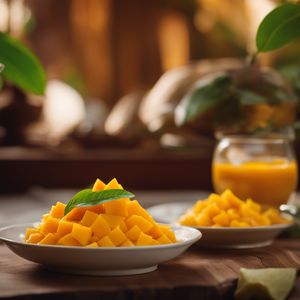
Aamras
Indian cuisine

Aasmi
Indian cuisine
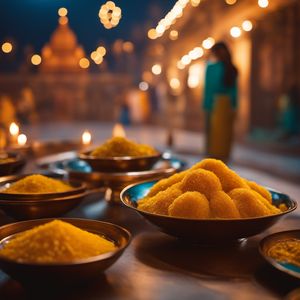
Agra petha
Indian cuisine

Aiyùbīng
Taiwanese cuisine

Ajdnek
Slovenian cuisine
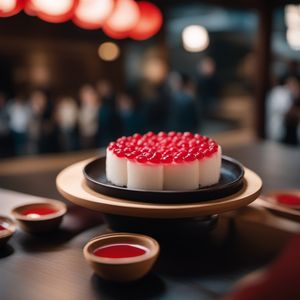
Akafuku
Japanese cuisine

Akanés
Greek cuisine
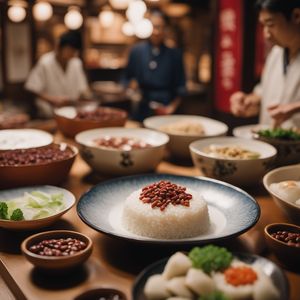
Akumaki
Japanese cuisine

